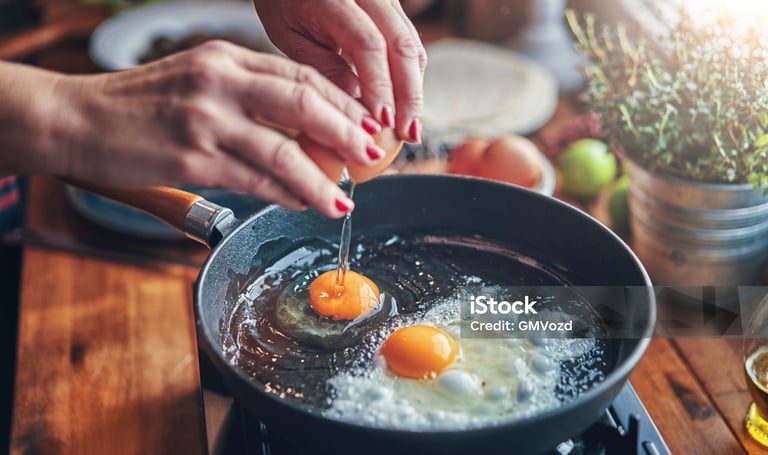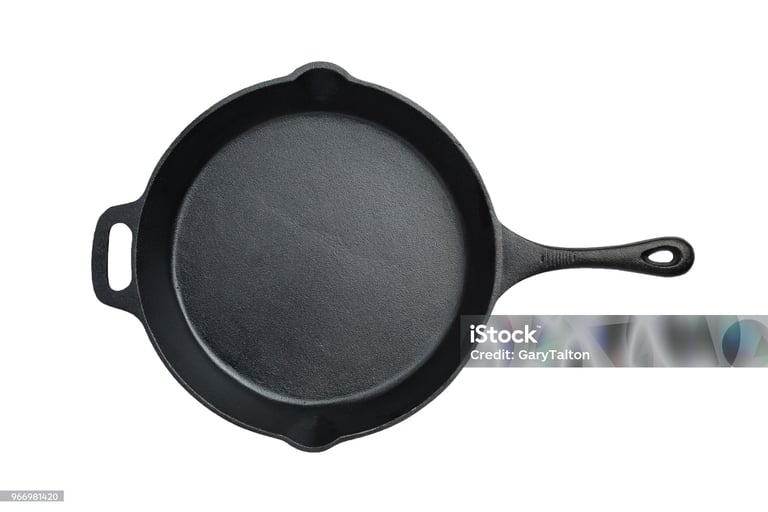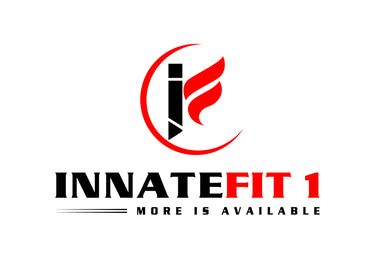Visit Innatefit1.com for exercise wear and equipment!!!

The Iron Edge: Boosting Iron Absorption Tips That Actually Work for Active Men
Discover how active men can boost their iron levels naturally. Learn plant-based iron sources, proven iron absorption tips, strategic meal plans, and training-smart tactics—no supplements required.
SELF-HELPMEN'S HEALTHFITNESS TIPSNUTRITION AND RECOVERYHEALTH
Joseph Battle
5/18/20254 min read


Introduction: Forging an Iron Advantage
Iron stands as one of the most critical minerals for active men. Beyond its reputation as a building block of red blood cells, iron fuels oxygen transport, supports energy production, and undergirds muscle recovery. Iron deficiency can translate into chronic fatigue, reduced endurance, and impaired strength gains for male athletes.
Therefore, understanding how to leverage natural sources and optimize iron absorption tips becomes essential to performing at your peak.
In this article, we explore the science behind iron deficiency in athletes, reveal top plant-based iron sources, and share iron absorption tips to maximize nutrient uptake, especially post-workout. Then, we’ll delve into strategic meal planning and more innovative training methods designed to raise your iron status without relying on supplements.
Finally, you’ll discover lifestyle habits that reinforce your efforts. Collectively, these sections will equip you with natural ways to increase iron levels and maintain the hard-earned gains that define your athletic edge.
Understanding Iron Deficiency in Athletes: Why It Matters for Male Performance
When active men consistently train and compete, their bodies place heightened demands on the cardiovascular and muscular systems. Iron deficiency in athletes disrupts hemoglobin synthesis, diminishing oxygen delivery to working muscles.
Consequently, you may experience early fatigue during high-intensity intervals, slower recovery between sets, and a plateau in strength development. Moreover, low iron can impair cognitive focus, leaving you mentally sluggish during strategy-driven sports.
Importantly, research shows that endurance athletes—runners, cyclists, and rowers—face elevated risk due to increased red blood cell turnover and iron losses through sweat, urine, and gastrointestinal bleeding. However, even strength athletes can become deficient if their diets lack sufficient iron.
Thus, recognizing subtle signs, such as pallor, brittle nails, or tightness in the chest under exertion, can guide timely dietary adjustments. Addressing iron deficiency in athletes early can maintain performance stability and safeguard long-term health.
Plant-Powered Potential: Plant-Based Iron Sources That Support Endurance and Strength Goals
For many active men, conventional wisdom associates iron with red meat. Yet, various plant-based iron sources can effectively meet daily needs when paired with innovative absorption strategies. Legumes such as lentils, chickpeas, and black beans offer significant non-heme iron, supplying approximately 3.3 mg per cooked cup.
Meanwhile, leafy greens—spinach, Swiss chard, and kale—deliver 2.7 to 3.6 mg per cooked serving, alongside B-vitamins and antioxidants that support recovery.
Nuts and seeds also excel as iron-rich snacks. Pumpkin seeds boast 4.2 mg per ounce, while hemp seeds add 1.5 mg plus omega-3s for cardiovascular support. Quinoa and amaranth serve as versatile grains, offering 2.8 mg and 7.6 mg of non-heme iron per cup.
Furthermore, fortified cereals and whole-grain breads can amplify your intake. Combining diverse plant-based iron sources in each meal creates a robust intake pattern that fuels both endurance and strength training sessions.
Timing and Synergy: Iron Absorption Tips to Maximize Nutrient Uptake Post-Workout
Consuming iron-rich foods alone does not guarantee optimal absorption. Instead, you must apply targeted iron absorption tips to ensure your body effectively utilizes dietary iron. First, pair non-heme sources with vitamin C–rich foods, such as bell peppers, strawberries, or citrus fruits.
Scientific evidence indicates that even small servings of vitamin C can double non-heme iron uptake by reducing ferric iron to the more absorbable ferrous form.
Second, avoid consuming iron inhibitors—phytates in whole grains, polyphenols in tea and coffee, and calcium from dairy—during iron-heavy meals. For instance, schedule your coffee break at least one hour before or after a spinach-lentil salad to prevent interference. Third, leverage post-workout windows when your body’s nutrient uptake is heightened.
Within 30 to 60 minutes of finishing strength or endurance training, combine cooked beans with a citrus-dressed greens mix. This timing capitalizes on increased blood flow to the digestive tract, enhancing iron absorption without supplements.
Strategic Meal Planning: Natural Ways to Increase Iron Levels Through Dietary Design
To sustain elevated iron status, integrate natural ways to increase iron levels into your weekly meal plan. Begin with an iron-fortified oatmeal bowl topped with berries and pumpkin seeds each morning. In doing so, you combine plant-based iron sources with vitamin C and healthy fats that facilitate absorption.
For lunch, design a quinoa-based bowl with steamed broccoli, toasted walnuts, and sliced tomatoes—each contributing iron and synergistic nutrients.
Dinner might feature chickpea stir-fry with red bell peppers, spinach, and ginger. Steaming vegetables neutralizes inhibitors while preserving vitamin C. Additionally, sprinkle nutritional yeast for a savory umami kick and trace minerals that support hemoglobin formation.
Snacks also matter: Reach for trail mix, blending almonds, dried apricots, and dark chocolate chips. These strategic combinations underscore how meal diversity and nutrient synergy naturally elevate your iron levels, ensuring you avoid reliance on pills.
Lifestyle Levers: Training Smarter to Prevent Iron Deficiency Without Supplements
Beyond nutrition, innovative training plays a pivotal role in preventing iron deficiency in athletes. First, monitor training volume and intensity to avoid excessive red blood cell damage from repetitive foot-strike hemolysis, which is common in long-distance runners.
Incorporate low-impact cross-training sessions, such as swimming or cycling, two to three times per week, to reduce mechanical losses.
Second, prioritize adequate rest and sleep hygiene. During sleep, your body repairs muscle and red blood cell regeneration, which require iron. Maintaining 7–9 hours of restful sleep per night supports endogenous iron recycling and hemoglobin synthesis.
Third, manage stress through active recovery techniques—foam rolling, yoga, or deep-breathing exercises—to regulate cortisol. Elevated cortisol can impair iron metabolism and lower ferritin levels. Integrating these lifestyle levers bolsters your nutritional efforts and sustainably maintains optimal iron status.
Beyond the Plate: Supporting Iron Status with Recovery and Lifestyle Habits
Even with impeccable meal plans and intelligent training, other lifestyle habits influence iron balance. Hydration, for instance, supports blood volume and red blood cell health. Aim for at least 3 liters of water daily, and include electrolyte-enhanced beverages post-workout to replace sodium and potassium losses.
Moreover, regular health screenings—particularly ferritin and hemoglobin tests conducted biannually—catch subtle iron dips before they become performance bottlenecks.
Additionally, gentle infrared sauna sessions or active recovery massages should be considered to improve circulation and support iron storage and mobilization. While these methods do not deliver iron directly, they optimize your body’s capacity to efficiently transport and utilize the mineral.
Finally, adopt a mindset of consistent tracking: maintain a food and training log highlighting iron-rich meals, absorption strategies, and recovery practices. This feedback loop lets you refine natural ways to increase iron levels proactively, ensuring long-term athletic success.
Conclusion: Cementing Your Iron Advantage
Iron deficiency in athletes need not derail their performance. By embracing a multifaceted approach—leveraging plant-based iron sources, applying proven iron absorption tips, and integrating natural ways to increase iron levels—you construct a robust foundation for endurance, strength, and recovery.
Complementing this foundation with strategic training and smarter, supportive lifestyle habits ensures your body thrives under the rigors of competition. Ultimately, these holistic strategies will secure your Iron Edge and empower you to perform at your fullest potential, naturally and sustainably.




